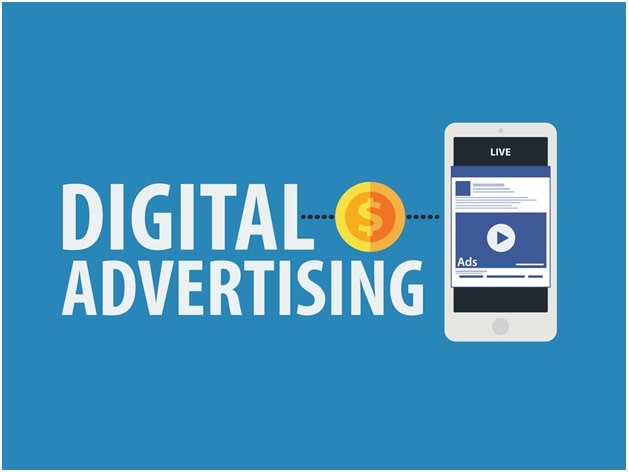
For many people, retargeted advertising is seen as a second chance of sorts. For customers who visit a website but fail to convert, retargeted ads are a way to get people back into the commercial fold if they are truly interested in the services or products your business offers. For others, retargeted marketing is a part of a longer digital marketing strategy. As a single piece of a greater picture, retargeted ads can be effective at converting customers in different areas that other channels may miss initially.
Whatever retargeted advertising means to you and your business, it is helpful to know how to gauge its effectiveness over time. Like many other forms of online advertising, retargeted marketing has the potential to lose its effectiveness or to go overboard as time goes on. In other words, it is susceptible to the old adage: too much of a good thing. To make sure your marketing efforts are as effective as they can be when it comes to retargeting customers, here are a few pitfalls you should avoid if possible.
Failing to Segment the Audience
General audiences can be dangerous when it comes to online marketing. If you are trying to capture as many people as possible with your marketing efforts, you will probably not see the number you desire. That is why segmentation and target audiences are extremely important no matter the advertising medium. This is especially true with retargeted advertising.
Sometimes, small online businesses try to retarget anyone and everyone who visits their website for a certain period of time. This approach fails more often than not because it presents persuasive messaging that is likely unappealing to the customer. This is the same as trying to sell something a customer simply does not want no matter what. Effective retargeted advertising relies on proper segmentation. The different messages that make up a retargeting campaign need to be tailored to specific types of customers.
How you segment the audience largely depends on the previous engagement they show. For example, if a large number of visitors are looking at specific products or services, particular web pages or are inquiring about specific aspects of your business, it is smart to cater to these specific interests through your messaging. Retargeted advertising messages that are too generic will likely be ignored or lose the audience’s interest over time. Tailored, focused messaging, however, is more likely to hold attention and engage the target customer from the start.
Poor Scheduling
Timing is everything in advertising. Retargeted advertising is no different. Unfortunately, there is no golden rule when it comes to the perfect timing of a retargeted ad. Instead, it largely depends on your particular audience and the services/products they are interested in.
For many people, there is a golden window that represents the perfect opportunity to retarget a customer. Sometimes, this window is immediately after they leave your website to move on elsewhere. Other times, there needs to be a slight pause to remain effective. One way to gauge the timing is with the service or product you are trying to sell. Some goods like luxury items need a bit of time in order for a retargeted ad to be effective. If you try to sell the product too early after the customer has seen the product page, they will likely ignore the messaging. Finding the right amount of time to wait, however, may require a bit of trial and error.

Other products, especially perishables or time-sensitive services, can benefit from immediate retargeted marketing. In this case, you should have a large enough retargeting network, commonly available through big advertising networks like Google Ads, to catch the customer as soon as possible without delay. Once again, some trial and error may be required in order to determine if this is the best approach.
Ambiguous Messaging and Calls to Action
Even if you have the timing down perfectly, there is still a lot that can go wrong with retargeted advertising. Most commonly, issues can arise with the messaging itself. If you have ambiguous content or a lack of a call to action, customers are likely to ignore and forget the messaging altogether.
Clear content means the message itself should be straightforward from the start. You can think of the content as a typical 15-second elevator pitch. If you are not communicating who you are, what you have to offer and your value proposition within a short amount of messaging, you are missing the perfect opportunity to recapture a visitor.

Calls to action work in a similar manner. Customers often need some clear direction to proceed with the advertisement. A simple link, for example, can be enough to spur the customer into an action that will increase their likeliness of converting in the future. Links to product pages, landing pages, email addresses, social media platforms and the like are all effective at giving customers the direction they need to be motivated to convert.
Failure to Monitor the Campaign
Good advertising is all about being flexible: making changes when necessary to tailor the campaign as much as possible. Retargeted advertising can be tricky in this regard since customer interests and reasons for leaving can all vary in the moment. This means you have to monitor the campaign closely in order to see what is working and what needs to be changed in the moment.
Typical monitoring services such as AdWords’ campaign platform can be helpful. If you can track retention rates, viewership numbers and click through rates, you will have a decent idea of how your target audience is interacting with the campaign itself and its specific messages.
Keep in mind that a certain amount of time is required in order to get a true sense of the campaign’s impact. Start monitoring from day one but resist the temptation to make changes with a small sample size. You may find a few days or weeks need to pass in order to really make smart decisions. With some time, dedication and the flexibility to change what is not working, you can use retargeted ads to the full extent of their capabilities.
